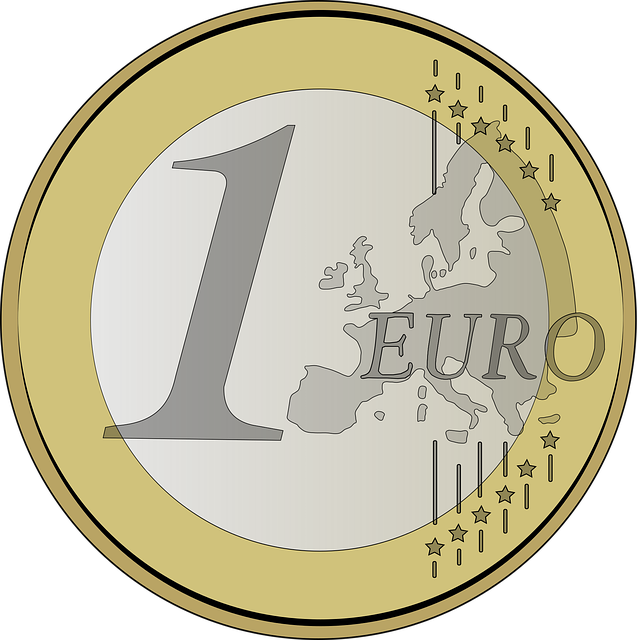Optimizing landing pages for e-commerce is crucial for success. Analyzing ROI through metrics like conversion rates and cost per acquisition reveals their potential to boost sales. CRM systems and automation tools track customer behavior and personalize content, driving conversions. Data-driven personalization strategies using analytics and CRM revolutionize landing pages by offering tailored product recommendations based on browsing history. Measuring KPIs like conversion rates and bounce rates is essential for optimizing performance through experimentation with dynamic content delivery and marketing automation.
In the competitive world of ecommerce, maximizing the return on investment (ROI) from landing pages is paramount. Understanding how to personalize these crucial pages can significantly enhance user engagement and conversions. This article delves into the art and science of using personalization techniques to boost the ROI of your ecommerce landing pages. From deciphering key performance indicators to implementing data-driven strategies, you’ll discover actionable insights to optimize your online store’s conversion potential.
- Understanding Ecommerce Landing Page ROI
- Personalization Techniques for Impact
- Data-Driven Personalization Strategies
- Measuring Success: Key Performance Indicators
Understanding Ecommerce Landing Page ROI

In the dynamic world of ecommerce, understanding the return on investment (ROI) of your landing pages is crucial for success. Ecommerce landing pages serve as the gateway for potential customers, offering a focused, persuasive experience designed to convert visitors into buyers. ROI measures the effectiveness of this strategy by evaluating the revenue generated against the costs incurred in acquiring those customers. A well-optimized landing page can significantly boost sales and profit margins by converting more visitors into paying customers.
Tracking key metrics like conversion rates, click-through rates (CTR), and cost per acquisition (CPA) is essential for assessing the performance of your ecommerce landing pages. Customer Relationship Management (CRM) systems play a pivotal role in this process, providing valuable insights into customer behavior and preferences. Automation tools can further enhance efficiency by personalizing content based on user interactions, thereby increasing engagement and the likelihood of conversions.
Personalization Techniques for Impact

Personalization is a powerful tool for enhancing the user experience on ecommerce landing pages, which can significantly boost conversion rates and return on investment (ROI). Techniques such as dynamically generating content based on user behavior, preferences, or browsing history create a unique and tailored experience for each visitor. For instance, recommending products that align with their previous purchases or showcasing personalized product displays based on segment membership can increase engagement and conversions.
Automation plays a crucial role in effective personalization at scale. Marketing analytics tools equipped with artificial intelligence (AI) chatbots analyze user interactions and provide real-time insights to deliver hyper-personalized experiences. AI chatbots, for example, can engage with customers, answer queries, and offer product suggestions tailored to their individual needs, enhancing the overall landing page experience and driving conversions.
Data-Driven Personalization Strategies

In the realm of ecommerce, data-driven personalization strategies are transforming landing pages into powerful tools for enhancing user engagement and conversions. By leveraging customer insights from analytics tools and CRM (Customer Relationship Management) systems, businesses can create tailored experiences that resonate with individual preferences. This involves using dynamic content to display relevant products based on browsing history and past purchases, a tactic proven to increase click-through rates and average order values.
Social media marketing automation plays a crucial role in this process by enabling personalized product recommendations via social feeds. Integrating these strategies into the ecommerce solution allows for a seamless user journey, where each interaction feels unique and valuable. Through precise targeting and timely engagement, businesses can foster stronger connections with customers, ultimately driving higher ROI on their landing page investments.
Measuring Success: Key Performance Indicators

Measuring success is paramount when optimizing an ecommerce landing page to ensure its effectiveness and return on investment (ROI). Key Performance Indicators (KPIs) play a pivotal role in gauging the performance of your landing page, providing insights into user behavior, engagement, and conversions. These metrics include conversion rates, bounce rates, average session duration, and pages per session. By tracking these KPIs, you can identify areas for improvement and make data-driven decisions to enhance overall performance.
For instance, a high bounce rate might indicate that the landing page isn’t resonating with visitors, while a low conversion rate could suggest that the call-to-action (CTA) isn’t compelling enough. Utilizing tools like Google Analytics allows you to monitor these KPIs in real time and experiment with various personalization techniques, such as dynamic content delivery or personalized product recommendations via text message marketing or WhatsApp marketing, to optimize your sales funnel and drive more sales.
By leveraging personalization techniques on ecommerce landing pages, businesses can significantly enhance user experiences and drive higher ROI. Implementing data-driven strategies allows for targeted interactions based on individual preferences, ultimately increasing conversions. Regularly measuring key performance indicators ensures continuous improvement, making personalized landing pages a valuable asset in the competitive world of online retail. Optimizing these pages with relevant content and tailored offers can lead to better engagement and sales, solidifying their role as a powerful tool for ecommerce success.
